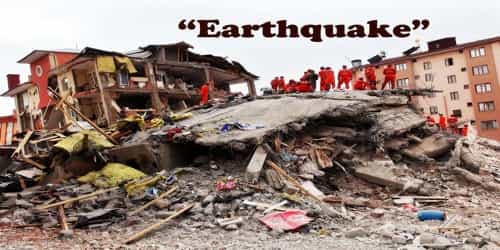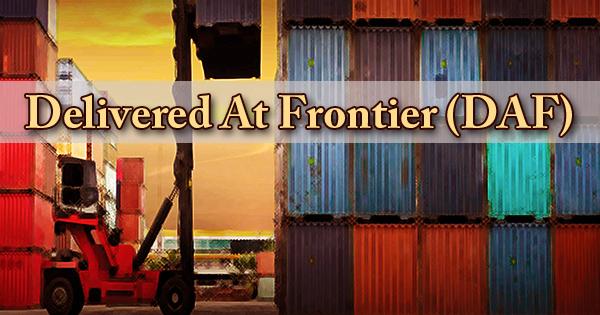“Earthquake” (also known as a quake, tremor or temblor) causes a great disaster. It is a great natural disaster. It is a sudden movement of a part of the earth’s surface caused by a deep crack in the earth or by a volcanic eruption. Some regions of the earth are prone to the earthquake while others are comparatively safe from this natural disaster. Some countries like Japan, Iran, Indonesia, Nepal, the Philippines, China, etc. are frequently hit by the earthquake. Houses and bridges in these countries are, therefore, built shockproof. Forecast regarding the occurrence of earthquake is not possible. So, people cannot take the necessary preparation for this natural disaster. Earthquakes occurring at a depth of fewer than 70 km (43 mi) are classified as ‘shallow-focus’ earthquakes, while those with a focal-depth between 70 and 300 km (43 and 186 mi) are commonly termed ‘mid-focus’ or ‘intermediate-depth’ earthquakes. A severe earthquake causes widespread destruction of houses and properties. People are crushed under the broken houses. Often several quakes hit a place at short intervals. So, after a quake people live in tents in an open field. When a severe quake hits a populous city, thousands of people are killed and injured. Many people get trapped in the broken houses and it takes days to rescue them. The only way to get rid of the ravages of this natural disaster is to build houses, bridges, and roads in such a way that they can resist the tremors. Alarmed by the recurrence of quakes, experts have called for the development of an earthquake-resistant building code which can save the lives of city dwellers. It is a must to reduce loss. In recent studies, geologists claim that global warming is one of the reasons for increased seismic activity. According to these studies melting glaciers and rising sea levels disturb the balance of pressure on Earth’s tectonic plates thus causing an increase in the frequency and intensity of earthquakes.
Earthquake
















